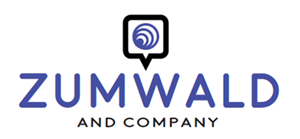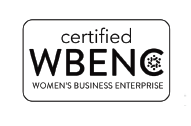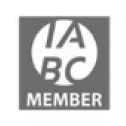No such thing as ‘just a meeting’
My colleague and I left a bit exuberant after a three-hour meeting with a client Friday. We’d wanted to map out an initial strategy for this year’s direct-mail campaign – and we left with that in hand and much more. It was one of those meetings where idea after idea came flowing, and each person’s next great thought fed directly off another person’s last great thought.
How did that happen?
Let me tell you – it didn’t just happen. Each of us had spent a bit of time thinking and preparing before walking into that 2:30 meeting.
It’s something we may not do often enough. In her new book Shut Up and Say Something, author Karen Friedman writes:
“ … there is no such thing as just a meeting. Every meeting poses opportunities for discussion, generating ideas, producing outcomes, and positioning yourself with your peers. Whether it’s a quick update or weekly requirement, the impression you make on peers can indirectly affect your raises and promotions. That means you have to prepare.”
Karen describes one senior executive’s approach to meetings. “Robert” told Karen he doesn’t want to show off, so he often remains quiet at meetings. If he feels he should have said something, he comes up with impromptu remarks (which usually aren’t very helpful). Since he deals with high-level information, he doesn’t feel the need to “dumb it down” for others at the meeting. He also admitted to Karen that speaking up in front of his boss, a savvy and impressive speaker, is intimidating.
The result? Robert was coming across as a man without a plan and without interest in what others have to say.
Clearly, Robert had to make some changes. He had to start preparing.
All of us can benefit from Karen’s advice to Robert, summarized here:
1. Don’t treat your meetings as just another meeting. Recognize the opportunity in advance. For example, will managers make a greater investment if they have a greater understanding of the information? Can you put research into perspective to engage others in conversation?
2. Before the meeting, identify two or three things you may want to share. That way, you won’t feel pressured to think of impromptu remarks.
3. Use open-ended and clarifying questions to draw others out and facilitate the conversation. For example, say, “If I understand you correctly, what you are saying is …” and “Does that mean … ?”
4. If you need to give a status report, prepare a brief one-pager to keep you on track and distribute to attendees. Practice your delivery out loud before the meeting.
5. Don’t compare yourself to others or try to impress others. Instead, decide what information you can share to help people make decisions.
6. If you think of an idea while someone else is speaking, jot it down (don’t interrupt no matter how brilliant your idea is). Share your thought at the appropriate time or when the person has finished speaking.
Remember: The best, most productive meetings don’t just happen. For more tips on how to make your next meeting more than just a meeting, check out Chapter 17 of Karen Friedman’s Shut Up and Say Something: Business Communication Strategies to Overcome Challenges and Influence Listeners.

















